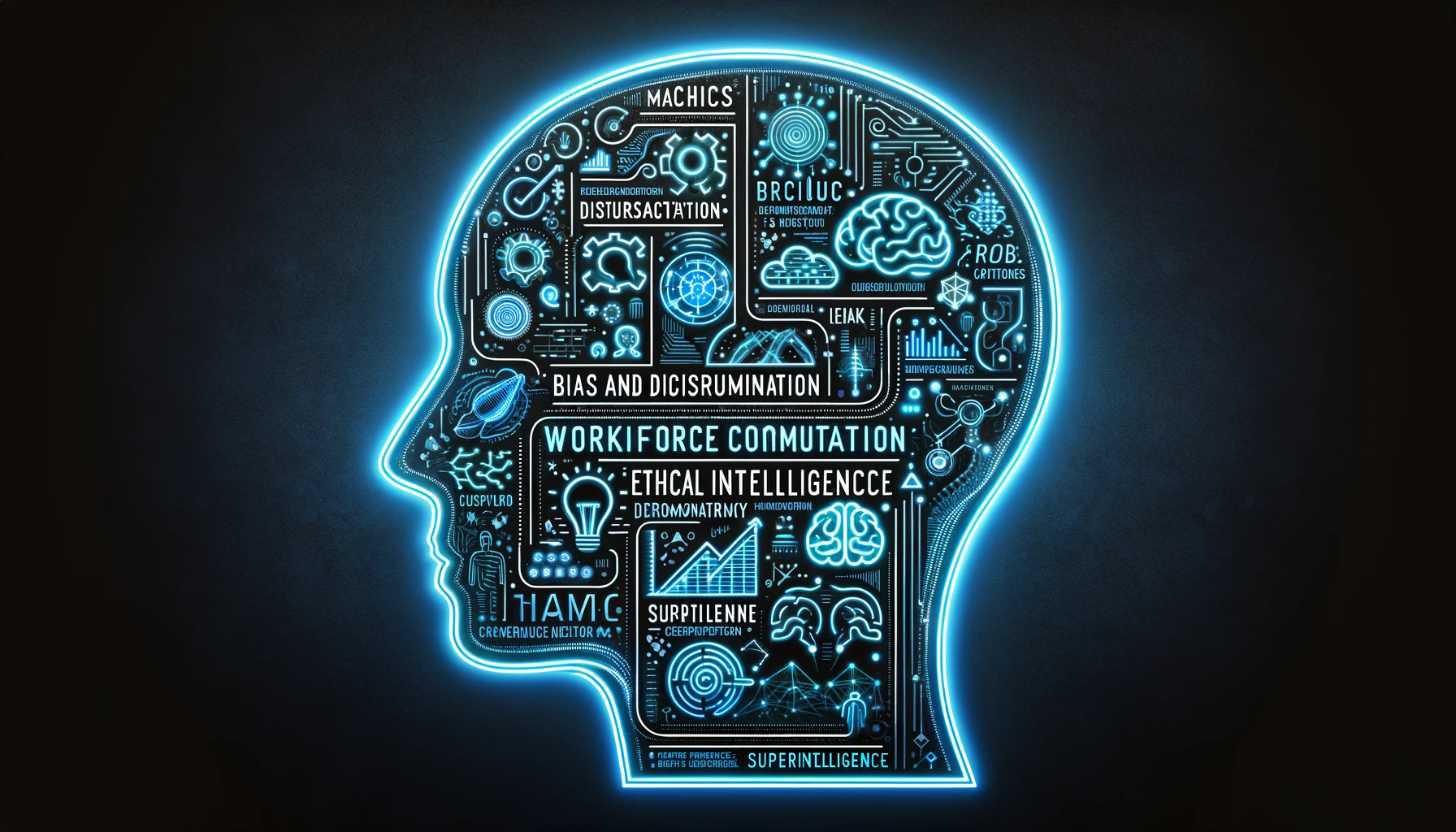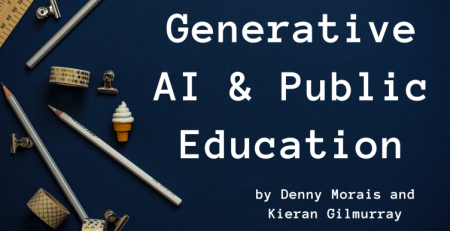The Top Ten Artificial Intelligence (AI) Risks to Watch Out for in 2024
Artificial intelligence (AI) and General Artificial Intelligence (GenAI) are no longer the stuff of science fiction but a daily reality. The risks and implications of its integration into our lives have become a crucial conversation.
The transformative power of AI is undeniable, yet it brings with it a Pandora’s box of risks and challenges that could reshape the fabric of society in ways we are only beginning to understand.
As we stand at this technological crossroads, navigating these risks with a blend of caution, insight, and foresight is imperative.
We need to engage a chorus of voices from diverse disciplines to develop answers to the societal biases and ethical quandaries posed by artificial intelligence and autonomous decision-making.
This article delves into the ten pivotal areas where significant risks temper AI’s promise. Join me in exploring the nuanced landscape of AI’s potential and pitfalls, where our choices will echo loudly into the future.
1. Bias and Discrimination Risks AI systems inherently reflect the data they are trained on. AI can unintentionally propagate or amplify societal prejudices if this data harbours biases. This is particularly concerning in areas like recruitment, lending, and criminal justice, where biased AI could lead to unfair or discriminatory outcomes. To mitigate this risk, it’s vital to ensure diverse, unbiased training data and continuous monitoring of AI outputs for bias.
2. Transparency Challenges Deep learning and other AI technologies often operate as ‘black boxes,’ with decision-making processes that are not easily interpretable. This need for more transparency is problematic in critical domains like healthcare and autonomous driving, where understanding the basis of AI decisions is essential for trust and reliability. Developing more explainable AI models and fostering a culture of transparency in AI design and deployment are key steps in addressing this challenge.
3. Workforce Disruption The rapid advancement of AI and automation threatens job security, particularly in roles focused on routine tasks. This technological shift requires a rethinking of workforce strategies, emphasizing the retraining and upskilling of employees. Organizations must anticipate these changes and prepare for a future where human-AI collaboration is the norm.
4. Cybersecurity Vulnerabilities AI systems, like any technological infrastructure, are susceptible to cyber attacks. These vulnerabilities can be exploited to manipulate AI behaviour, steal sensitive data, or disrupt operations. Ensuring robust cybersecurity protocols and understanding the unique security requirements of AI systems are critical for safeguarding against these risks.
5. Ethical Complexities AI applications, especially in areas affecting human safety (like autonomous vehicles or medical diagnostics), pose significant ethical dilemmas. These scenarios demand careful consideration and the development of ethical frameworks and guidelines to govern AI decision-making.
Thank you for reading my latest article on AI and Generative AI risks. Here at LinkedIn and at Kieran Gilmurray, I regularly write about AI, Data Analytics, RPA, and Intelligent Automation. To read my future articles, join my network by clicking ‘Follow‘. Also, connect with me via LinkedIn, Kieran Gilmurray, Calendly, Twitter, YouTube, Spotify or Apple Podcasts or read my latest book, The A-Z of Organizational Digital Transformation, to learn more.
6. Accountability Issues Determining liability in cases where AI systems fail or cause harm is complex. The multi-layered nature of AI systems complicates the assignment of responsibility, leading to potential legal and ethical grey areas. Clear guidelines and legal frameworks are necessary to navigate these challenges.
7. Accelerated Technological Competition. The race for AI supremacy among nations and corporations could lead to hasty and potentially harmful developments in AI. This competition may result in the erosion of individual privacy, exacerbating global power imbalances, and creating AI systems without adequate safety and ethical considerations.
8. Dependence and Overconfidence Overreliance on AI systems, especially in critical sectors like healthcare or infrastructure, can lead to complacency and an underestimation of the need for human oversight. Ensuring that robust human checks and balances complement AI systems is essential to prevent overconfidence and maintain operational resilience.
9. Unforeseen Consequences of Superintelligence The theoretical development of AI that surpasses human intelligence raises existential risks. The possibility of AI systems operating beyond human control and understanding poses a significant threat. Preparing for these outcomes involves rigorous safety and control measures and ongoing research into the implications of super-intelligent AI.
10. Social and Cultural Impacts AI’s influence extends beyond technology into social norms, human interactions, and cultural values. Its pervasive presence requires careful management to ensure that the societal impacts of AI are positive, maintaining a balance between technological advancement and the preservation of human-centric values.
Conclusion
Forearmed is forewarned. Navigating these challenges requires a multifaceted approach. It’s not just about the technology itself but also about the broader implications of AI on society, ethics, and governance.
Policymakers, technologists, ethicists, and society must collaborate to create robust regulations and ethical guidelines and continuously monitor and evaluate AI systems.
Otherwise, the consequences of not taking action are to walk mindlessly into a dystopian future that will see more harm than good created from this wonderful technology.







Leave a Reply